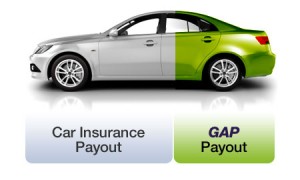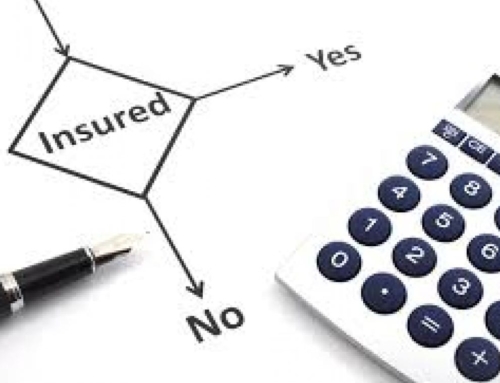As an experienced San Antonio car accident lawyer at a Texas injury law firm, I frequently get asked about whether or not GAP insurance is a good idea. What is GAP Insurance? GAP insurance can be very simply described as added insurance coverage that covers the difference in the value of a car and the amount owed on it in the event the car is involved in an accident where the car is “totaled.” It can be very beneficial to get GAP insurance in certain cases. Let’s look at a couple of examples.
For example 1, we will assume that you are leasing a car and you are still responsible for any damage to the car in the event of an accident. The premium on a car lease is typically much less than when you buy a car. Let’s say in case the car is involved in a serious car versus truck accident, due to low car payments, you will owe a lot more on the car than what you have paid for it. To make it clearer, let’s assume the car is valued at $20,000 and you have paid $2000 on the lease. If the car is totaled, you would owe $18,000 on the car. However, if your insurance values the car at $16,000 only, you are liable for the difference of $2,000. This is where GAP insurance comes in and covers the difference.
For example 2, let’s assume that you have purchased the car and are making monthly payments that are much higher. In this case, if you have a serious car accident, you will owe less than what you would in case the car was leased. For example, you would probably have paid $3,500 in car payments for the $20,000 car. Valuing the car at $16,000, the difference is now only $500. In such a case, the GAP insurance is not really much helpful.
Generally speaking, GAP insurance is much more advantageous if your car payments are spread out over a longer period or of smaller amounts. It is not of much benefit for cars purchased outright or with aggressive car payments (36 month payments or less).
General Rule: If at any point during the term of an auto loan, or lease, the amount you owe is likely to be higher than the actual market value of the car, then you SHOULD purchase GAP insurance.
Example: You are $3,000.00 upside down on a vehicle (you owe $3,000 more than its worth), and you decide to trade the vehicle in on a bigger car. The dealer takes your trade, and rolls the negative $3,000.00 equity in your old car into your new car loan. So, instead of having a car loan for $21,0000.00 (the purchase price of the new vehicle), you have a loan for $24,000.00 ($21,000 for the new car plus the negative equity of $3,000 in your old car). If you drive off of the lot and your car is totaled in an accident, the insurance company will pay you market value of your total loss vehicle. Many people forget that new vehicle depreciate as soon as you drive them off of the car lot. So, if you buy a brand new car for $21,000, the moment you drive it off of the lot, market value likely drops to around $19,500, depending on the make and model. Therefore, applying these values to this example, if you drove off of the lot and your car was totaled the next day, you would receive $19,500.00 from the insurance company, but you owe the bank $24,000.00 – meaning that you will have to come up with $4,500.00 to pay the bank. In this situation, GAP insurance would step in and pay the $4,500.00 to the bank for you.
Factors to Consider When Deciding Whether to Purchase GAP Insurance:
- Whether you are leasing or buying – if leasing it’s generally a good idea to buy GAP insurance.
- If buying, is the car new or used – if the car isn’t likely to depreciate faster than you pay down the loan, you probably don’t need GAP insurance.
- Negative Equity – Are you rolling any negative equity from a trade-in into your new loan? If so, you may want to consider GAP insurance if the added negative equity causes your loan amount to exceed the market value of the car.
- How good of a deal you got on your car. The better deal you get on your vehicle, the less likely you are to need GAP insurance. For example, if you purchase a car at $3,000 BELOW market value, it’s unlikely that the amount of your loan will exceed the market value of the car (assuming you have a good interest rate, and you take care of the vehicle).
- Your Financing – if you are paying a higher interest rate, or have elected to extend payments over 60 months or more, you may want to consider purchasing GAP insurance. Higher interest rate loans may cause the amount owed to exceed the market value of the vehicle if the vehicle depreciates faster than you are paying it off.
While these factors are just a few of the many things you should consider when deciding whether to purchase GAP insurance, just remember the general rule stated above.
As an auto accident attorney in San Antonio Texas, I have seen my fair share of car accident victims left owing banks thousands of dollars because they didn’t have GAP insurance, and were involved in an accident wherein their vehicle was declared a “total loss.” It is my hope that these tips, while not comprehensive, and should not substitute for in person legal advice, will help consumers understand what GAP insurance is, and the circumstances under which purchasing it may be a good idea.

